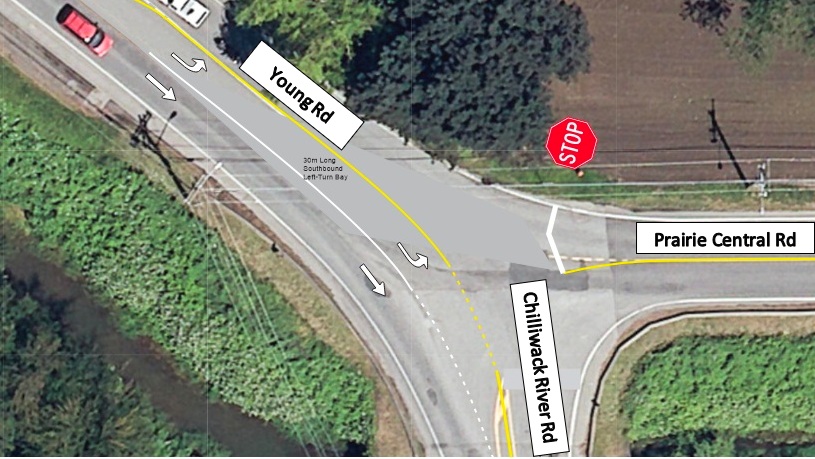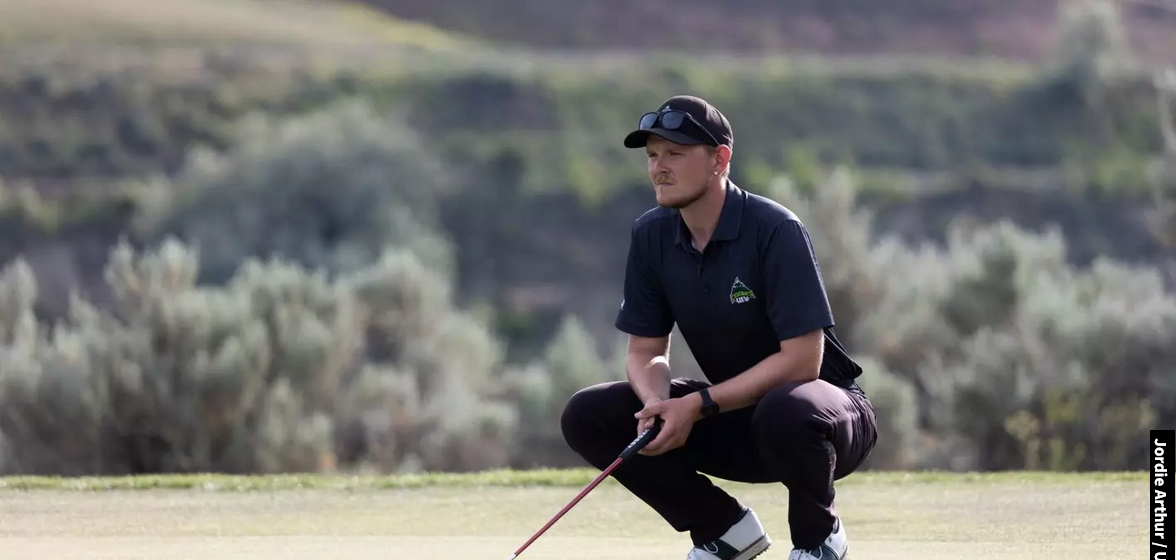Victoria – The first-ever provincewide homeless-count report shows that while B.C. has taken important first steps to house British Columbians, more work needs to be done to prevent and address homelessness in B.C. communities.
According to the report — which brings together statistics from 24 communities over the past two years — at least 7,655 people are experiencing homelessness across a broad demographic of individuals, families, youth and seniors. Indigenous peoples and former children in care are significantly overrepresented.
The report is the first time this information has been compiled on a provincial level and will help government, community partners and housing providers develop better supports and services to help people who are experiencing, or at risk of, homelessness. Government will release a homelessness action plan as part of B.C.’s first Poverty Reduction Strategy in early 2019.
2018 Report on Homeless Counts in B.C.
In spring 2018, the Province of British Columbia funded homeless counts in 12 B.C. communities.
The results were combined with data from 12 other communities to prepare the 2018 Report on Homeless Counts in B.C., which provides a broad picture of homelessness in B.C. and covers more than 85% of the province’s population.
Homeless counts are conducted over a 24-hour period. While they can only represent a point in time, they provide vital information, building a snapshot of the demographics and service needs of people experiencing homelessness. The report establishes a benchmark to measure progress over time and will inform provincial strategies in development, including the homelessness action plan expected in early 2019.
Key findings:
- 7,655 people were identified as experiencing homelessness. Of that number, 4,787 (63%) were sheltered and 2,868 (37%) were unsheltered.
- Gender identity: 3,683 (68%) were male, 1,653 (30%) were female and 87 (2%) self-identified as other gender identity.
- Age breakdown: 758 (15%) were youth under 25 years of age, 3,350 (65%) were adults and 1,023 (20%) were seniors. There were 1,236 (29%) people that had been in foster care, a youth group home or under a youth agreement.
- Indigenous overrepresentation: Of the 5,045 people that self-identified, 1,904 (38%) were Indigenous.
- Barriers to housing: 1,813 (53%) said rent was too high, 1,743 (51%) said their income was too low and 1,017 (30%) reported there was no available or suitable housing.
- Sources of income: 735 people reported income from employment, 1,212 received a disability benefit, 1,682 received income or disability assistance and 439 people reported senior’s benefits.
- Length of time in community: 50% of people have lived in the same community for their entire lives, or 10 years or longer, 29% said they lived in the same community between one to 10 years and 21% said they lived in the same community less than one year.
- Length of time being homeless: 2,088 people (52%) had been homeless for one year or more while 1,263 people (31%) had been homeless for less than six months.
- Health conditions: 1,911 people (56%) reported an addiction, 1,358 people (40%) reported a mental illness, 1,501 (44%) reported a medical condition and 1,132 people (33%) reported a physical disability. 58% of people reported having two or more health conditions.
The report data represents more than 85% of the province by population. The 24 communities included in the provincial homeless report are:
- 12 funded by the provincial government (March/April 2018):
- Campbell River
- Comox Valley
- Cranbrook
- Fort St. John
- Merritt
- Parksville and Qualicum Beach
- Penticton
- Port Alberni
- Prince Rupert
- Gibsons/Sechelt
- Smithers
- Williams Lake
- Six funded by the federal government through the Homelessness Partnering Strategy (March/April 2018):
- Greater Victoria
- Kelowna
- Kamloops
- Nanaimo
- Nelson
- Prince George
- Six independent counts conducted by the communities:
- Duncan (February 2017)
- Fraser Valley Regional District (March 2017)
- Metro Vancouver (March 2017)
- Salt Spring Island (March 2018)
- Terrace (April 2018)
- Vernon (October 2017)
In addition, data on 146 individuals was collected the night of March 20, 2018, from BC Housing funded shelters, transition houses for women and their children at risk of violence, and safe homes in 35 communities. This data was included in the total number of people identified as experiencing homelessness in B.C. and in the gender identity breakdown.






